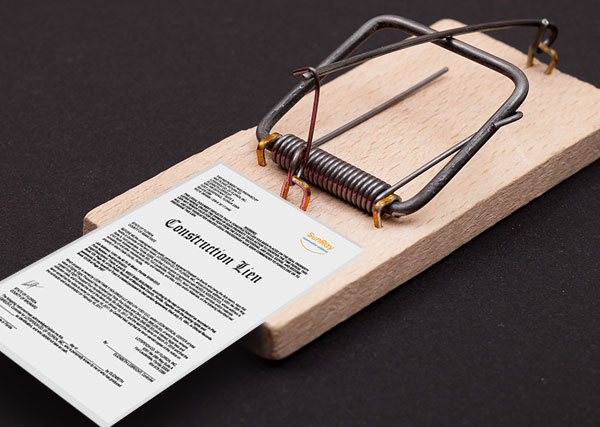Licensing Considerations – No License, No Lien in Tennessee - Webinar
Tennessee lien law basics, Tennessee licensing requirement, limited subcontractor exception, prime contractors vs remote contractors, and other licensing considerations.
Last updated:
Dec
15
,
2025
Published:
May 10, 2022
9 Mins
Read
Learn Tennessee lien law basics, who has lien rights in Tennessee, prime contractors vs remote contractors, Tennessee licensing requirement, the limited subcontractor exception, and other licensing considerations.
This blog is part seven in a series on Tennessee lien laws where we will give the basics of what the lien law structure looks like in Tennessee, understand it a little bit, understand some of the pitfalls, and some of the things that you need to be aware of.
Part 1: Lien Law Basics – Who, What, and How Much?
Part 2: Preserving a Lien – Timing and Filing Requirements in TN
Part 3: Preserving a Remote Contractor’s Lien in TN – The Notice of Nonpayment Requirement
Part 4: Filing Suit to Perfect the Lien in TN
Part 5: Bonding a Lien in TN
Part 6: Overzealous and Improper Liens in TN
Part 7: Licensing Considerations – No License, No Lien in TN
Part 8: Can You Lien for Tenant Work in TN?
Part 9: What about Priority? - The Visible Commencement Standard in TN
Part 10: Other Rights – The TN Prompt Payment Act – Reasonable Assurances and Stopping Work
Part 11: Other Rights – The TN Prompt Payment Act – Notice and Remedies
It is an important consideration to get into because if you are required to be licensed in Tennessee and you are not, you do not have lien rights. So, it is something you have to understand when you are supplying everything from materials all the way up. And be careful who you are contracting with.
Recap: Tennessee Lien Law Basics
We are going to hit the basics of Tennessee lien law again.
a. Who has lien rights in Tennessee?
Prime contractors and remote contractors have lien rights.
b. For what work are lien rights valid?
Lien rights are on an improvement. So as long as something has been delivered to the real property, you can lien.
c. On what property are lien rights valid?
The actual real estate which means the land itself is the type of real property for which lien rights are valid. If there is a lease on it you can contract with the lessee or lessor. You can get to their various interests in the lease.
d. For how much are lien rights valid?
In Tennessee the lien is going to secure the entire contract amount.
e. Prime contractors vs. Remote contractors
At the high level, the prime contractor has one year to file a lawsuit but they have 90 days if they want to secure priority to get that Notice of Lien on file.
For remote contractors, there are three different steps. You have the Notice of Nonpayment which is the rolling requirement. That has to go out 90 days after the end of each month in which work is performed or delivered. The Notice of Lien has to be recorded 90 days after completion or abandonment of the improvement.
And then finally, you have perfection of the lien with the attachment lawsuit. It has to be sent 90 days after the Notice of Lien.
Tennessee Licensing Requirement
Now we start with the licensing law in Tennessee. Below is the section of the Tennessee code that deals with who is required to be licensed.

What you can see is that anyone engaged in contracting or even engage in contracting – the offering really gets a number of people – but generally on the lien side we talk about engaging in contracting. Otherwise, there would not really be a link. So that leaves the question of what is contracting in Tennessee.
Now contracting is very broad and it is pretty similar to the improvement definition in fact. It includes the word ‘improvement’ in the definition. It is also important to note that this includes installing material. For material suppliers, that have a component of installation on site. That component of installation could get troubling from the licensing side.
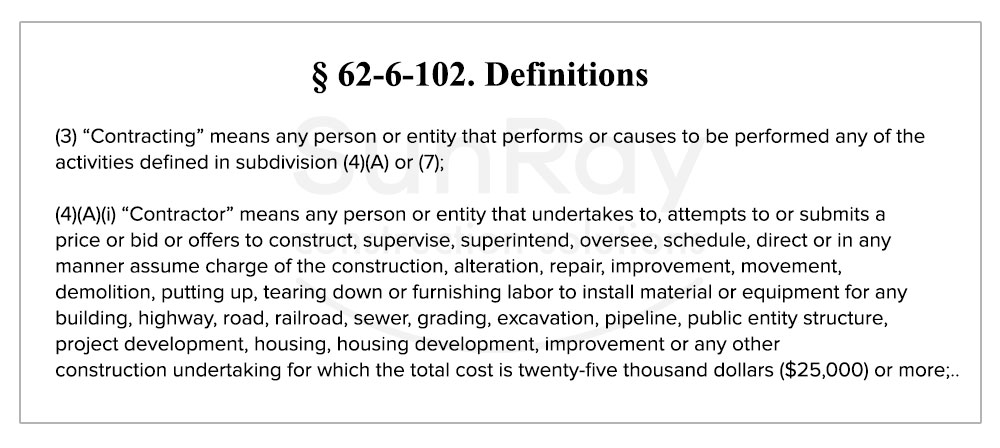
So it is any contractor in the state of Tennessee. And again, contracting involves the contractor and the general contractor involves anyone who is making any improvement to a real property including installing materials and equipment where the entire construction undertaking is more than $25,000. It is not necessarily an individual scope, more so how big the project is. The $25,000 really catches the most commercial jobs unless it is something extremely small.
A contractor includes MEP (mechanical, electrical, and plumbing) scopes. So if you are doing an install that requires mechanical and electrical work, then arguably you have to have a license regardless of if you are a prime contractor or subcontractor. It also includes anyone who is the construction manager or even arguably a homeowner’s representative who is performing within what the scope of what a contractor is. That gets you up to contracting that gets you up to what you are required to have a license for.
The definition of who has to be licensed is also really broad. If it is a commercial construction project, generally it is going to fall within the definition of contracting because that is going to fall within the definition of contractor.

The Limited Subcontractor Exception
So the big caveat absent any MEPs, masons or roofers, subcontractors are thought of as remote contractors as defined throughout the lien statutes. Most of the time you are a supplier or subcontractor contracting with a licensed contractor in the state of Tennessee and you are not performing an MEP, masonry, or roofing contractor scope. Then you are probably okay without a license.
But if you start getting into particularly those MEP scopes, you may have some problems with the licensing. It is suggested if you have got any install in the MEP sign. Go ahead and get licensed as a company. You have to have a qualifying agent you have to go through some hoops but are supplying of any magnitude and you are performing any on-site work and then the MEP scope.
There is really a lot of risk on the non-payment side just to cover it.
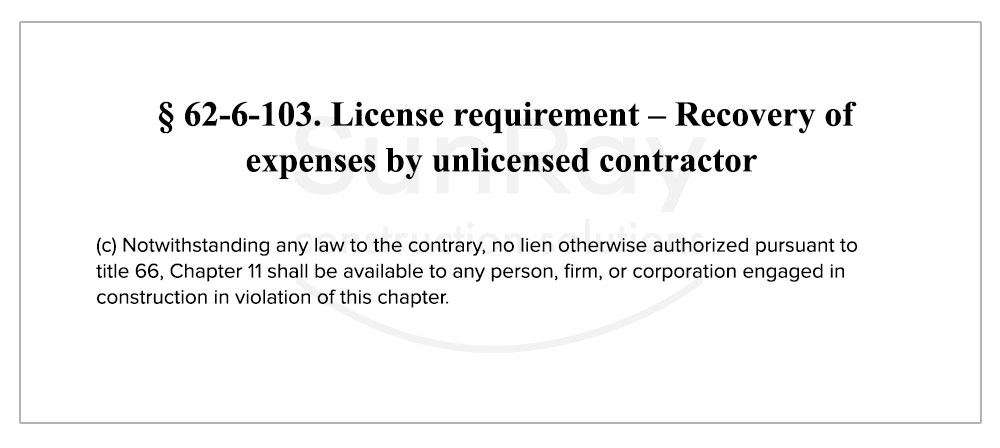
No Lien if Not Properly Licensed
There can be no lien if you are not properly licensed. This is one of the black letter lien laws in Tennessee. So if you get to court where you supply some major piece of equipment that requires some significant electrical work to tie it all in, you do not get paid, and need to lien the property, you may have some issues if someone brings up a licensing violation. Because the remedy for that licensing violation is you have no lien.
Other Licensing Considerations
a. Liability for fees for ‘forfeited..’ liens
But that is not the end of the story. If you have essentially forfeited your lien because you were not licensed, go ahead and file a lien, and then refuse to remove it, you are potentially on the hook for attorney’s fees for somebody above you in the chain to go forth and have the lien removed.

b. TCPA Violation and Treble Damages
i. Individual or private actions
On top of that, not being licensed is a violation of the Tennessee Consumer Protection Act which gets you into more hot water and opens you up to any actual damages, travel damages, and attorney’s fees. And it does not stop there.
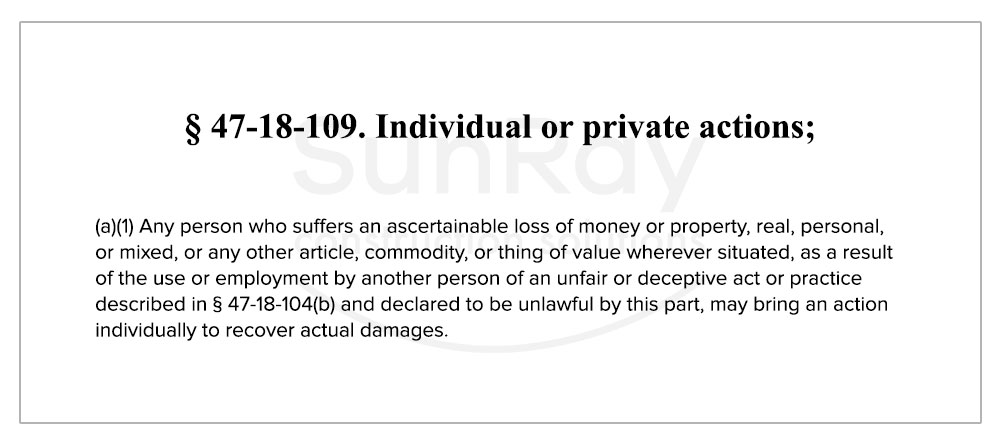
ii. Unfair or deceptive acts or practices

iii. Limited Statutory Recovery (no lien)
There is also the statutory recovery, meaning that you are not going to be able to recover your construction contract amount at all if you are not licensed. Instead, you are going to have to prove through clear and convincing evidence what expenses you can actually show.
And your recovery is going to be limited to only those expenses. But that is a very high bar, much more than you are typically required to get in civil litigation for a lien or otherwise.
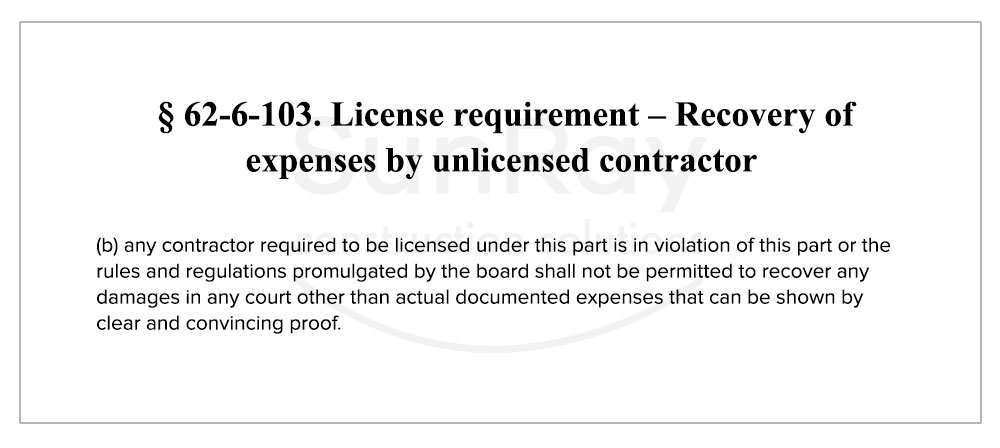
Tennessee licensing law is really broad. That said, it excludes subcontractors unless you are performing MEP, masonry, or roofing, if you were required to have a license and do not have a license, you do not have a lien on top of not having a lien you are potentially exposed if you do lien the property to attorney’s fees for somebody to remove it.
On top of that, it is Tennessee Consumer Protection Act violation, and on top of that your ability to get any money back is limited to the section that is in front of you.
Protect Your Rights with a Notice to Owner
Sending a notice to owner is the first step to secure payment on construction projects. Learn how a notice to owner Florida helps protect your lien rights and ensures you get paid.
Protect Your Payment Rights with Florida’s Most Trusted Notice & Lien Services
Notice to Owner – Secure your lien rights early. File your NTO now!
Notice to Owner Florida – Stay compliant with Florida deadlines. Send your NTO today!
Mechanics Lien Florida – Get paid faster. Start your Florida lien process now!
Sunray Construction Solutions offers professional "Notice to Owner Florida" services to help you secure your mechanics lien florida rights in the construction industry. Looking for a free Notice to Owner form in Florida? Get your free, editable "Florida Notice to Owner Template" today for easy and accurate preparation.



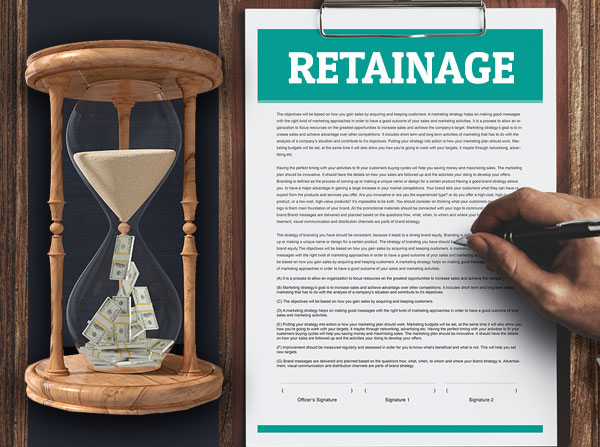
.jpg)
